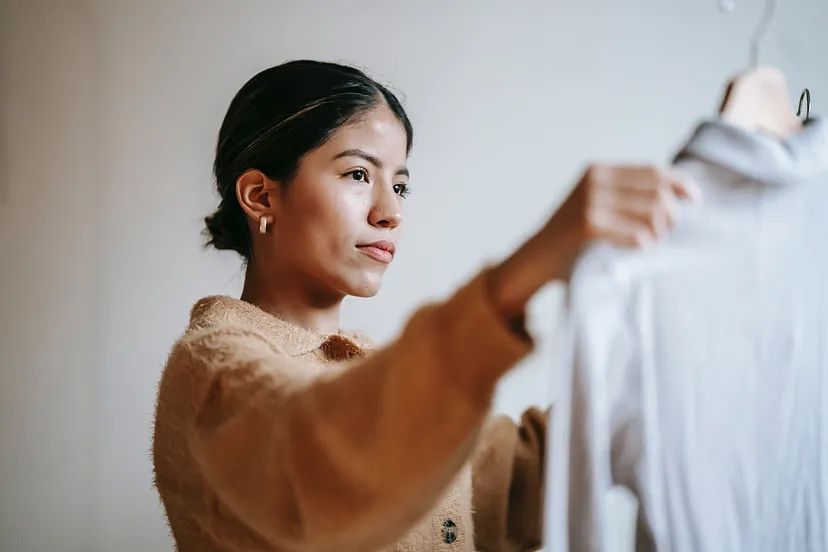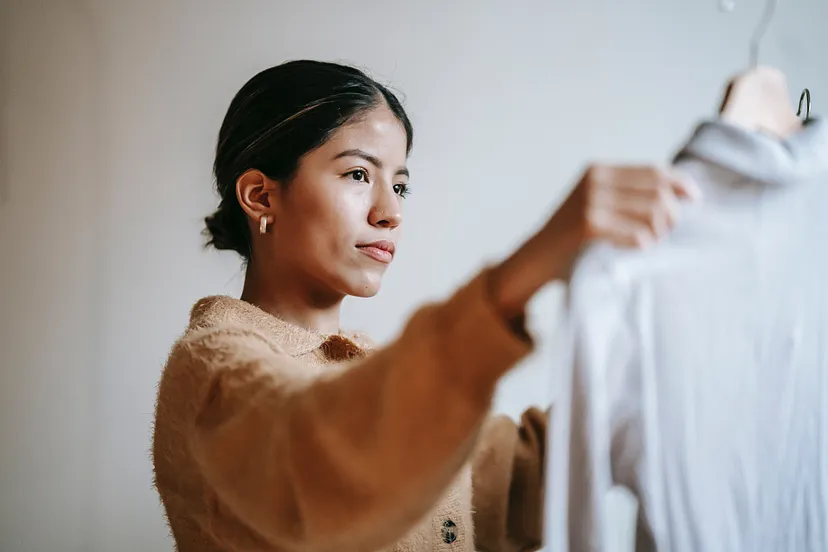In a summer dominated by Barbie, Beyonce, and Taylor Swift, it’s Latina and Black women who are set to continue the economy’s growth

Image via pexels
The Summer of Women, as many prominent outlets are coining it, is a story that is much more than the headlining women entertainment figures injecting billions of dollars into the national — and global — economy.
“If this particular topic were to be written from my perspective, this wouldn’t be a story about Barbie, Taylor, or Beyonce,” says Patricia Diaz, digitalundivided’s Director of Partner and Founder Success. Working alongside mission-aligned partners, Diaz is embedded in developing and providing resources to best support digitalundivided’s post-program graduates in their future endeavors. As a former Vice President at Goldman Sachs, leading the Capital Analysis, Planning, and Reporting for the firm’s $200B lending portfolio, Diaz brings a seasoned perspective on market trends, especially regarding her passion for developing the women of color-led businesses impacting the economy.
“This is a story about how women have been driving the economy for many years in various aspects. And now, I think the story is about women accelerating their economic power. Barbie, Taylor, and Beyonce are examples of what’s happening now. But the main focus is that this has always been here. It’s just been in the background, and it has been overlooked.”
Follow this fascinating interview exploring not only how women are supporting a summer of entertainment but also how the dramatic shift in economic power — led in part by the educational, career, political, and business aspirations of Latina and Black women — is changing the purchasing power of women for good.

Image of Beyonce via Wikimedia
digitalundivided: First and foremost, what is the women’s economy?
Patricia Diaz: It’s hard to know when the term “women’s economy” started, but the purchasing power of women has always been there. The power that women hold within the economy has always been there. Still, it has been a trending topic this summer because we’re experiencing it in aggregate form, in real-time, and with various events happening simultaneously.
We’re seeing this women-driven economy emerge in industries that already existed. For example, a lot of this is happening in the entertainment industry. There are millions and billions of dollars within that industry. And then, also, we’re seeing this in industries that are starting to emerge — FemTech, women’s healthcare, and caregiving companies.
digitalundivided: What’s the most significant trend you see emerging in this space?
Patricia Diaz: The biggest trend we’ve seen is women solving real-life problems that women face and are often overlooked. Another thing we’ve seen is how engaged the consumer base of women is — not just in the consumption of products — whether it be concerts, movies, etc. — but also in other activities, creating a knock-on effect within the economy. Women are disrupting entire business models — like old structured retail models — and creating new marketplaces with more direct distribution of products. We can see this through IG Storefronts, TikTok Shops, and other commission-related sales on social media platforms that we commonly see — and shop on.

Image via pexels
digitalundivided: If women have always had purchasing power, why are we experiencing this shift now? Is it a perception shift? Or is something else happening?
Patricia Diaz: There’s a record number of women in the US labor force at this time, and the unemployment rate of women is also at an all-time low of 3.4%. I saw something along the lines that women make up 60% of college students, and we know that in the future — not even in the distant future — they will have a two-to-one ratio of earned degrees in comparison to men. All these things are happening right now and impact the economy. That gives women a sense of no longer feeling powerless but having control over their lives, livelihood, and the economy itself.
digitalundivided: What is the implication of that, then, on brands, investors, and the people with the money? Who has traditionally been making many decisions around what goes into the market? What do you think we’ll see from that aspect?
Patricia Diaz: Yes, and as I said before, we’ve seen this previously in scattered forms. For example, in the elections, Black women emerged in record numbers and helped overturn previously red states. We hear about how women drive significant or higher investment returns than other groups. Women are opening businesses faster than other groups, specifically women of color. Latinas and Black women are driving the overall increase from that perspective. So from that, the main takeaway for decision-makers is investing in women. And not just because it’s trending during the summer. However, there have been examples of their power in various ways, including the economy. And then, if you are investing in women, invest in those looking to solve real-life problems that women face.
But also investing in understanding women. I don’t know if brands genuinely understand women, what drives their decision-making, or what drives them to open their wallets. Everything that Barbie, Taylor Swift, and Beyonce have accomplished now is a good lesson about what women can do. These three drive the economy because they also have a common thread — they authentically represent women. Other women can relate to them and their experiences, and how they display those experiences of women is multi-dimensional. They provide a safe space for women to express themselves and be seen as individuals. They’re intelligent. They’re inspiring. Hopefully, brands will look at that and incorporate those insights into their decision-making.

Image via Wikimedia
digitalundivided: We’ve spoken to more prominent industries around market decision-making and investing. But how are individual women entrepreneurs observing women and addressing their needs through products and services? Are there any women in the digitalundivided ecosystem doing an exemplary job of this?
Patricia Diaz: I love the trend of women no longer waiting for people in positions of power to take the initiative to solve their “problems” by actually taking on that task themselves. Those who rise to the top also know their audience well, authentically represent them, and deliver what they want and need.
During one of the sessions that we held at the 2022 undivided We Rise Summit to honor the 2022 Cosmopolitan and digitalundivided The New C-Suite class — and actually, the session that I specifically led, ‘Meet the Suite: Building within Buying Power’ — we addressed underserved audiences and meeting their needs. We had founders Sandra Velasquez of Nopalera, Isoken Igbinedion of Parfait, and Jaclyn Fu of Pepper on that panel. These business-savvy entrepreneurs saw the untapped potential of their respective industries and swiftly moved into that space. But also, these are culturally attuned entrepreneurs who were successful due to their personal experiences with the problems they were trying to solve. Because of this, these founders understood their audience’s needs and created a solution in the market that enabled consumers to show up in full force to buy their products. These founders proved there is success to be found within overlooked or underserved markets
digitalundivided: What is the biggest takeaway from the Summer of Women?
Patricia Diaz: I’m glad this summer has piqued interest and trends to study for years to come. But we have always had power. It’s always been there. If we were to work on the gaps, the barriers, and the challenges women continue to face, what potential could that have across the board? What if we focused on gaps like the gender pay gap or the funding gap for women? Specifically, in both of those cases, for women of color?
If things were equal, if these challenges and barriers didn’t exist, how much more could women contribute? More so than they’re doing now. In terms of the economy, it could potentially unlock trillions of dollars that don’t exist currently. Everybody talks about equality. But when you put numbers behind it, it also opens people’s eyes to be more receptive to it.

